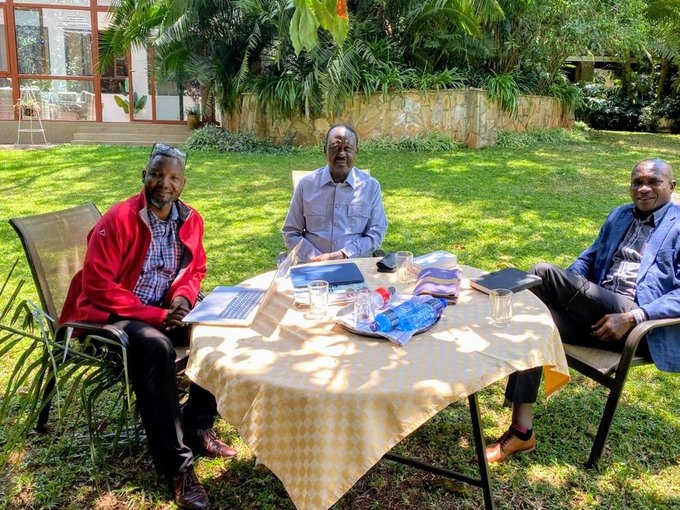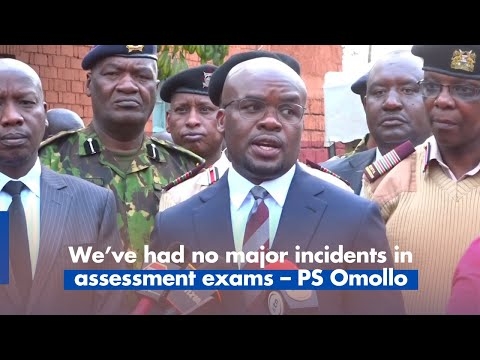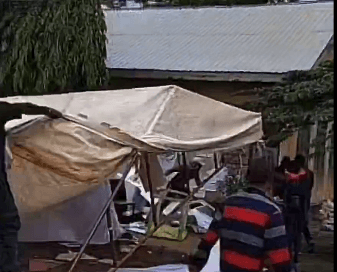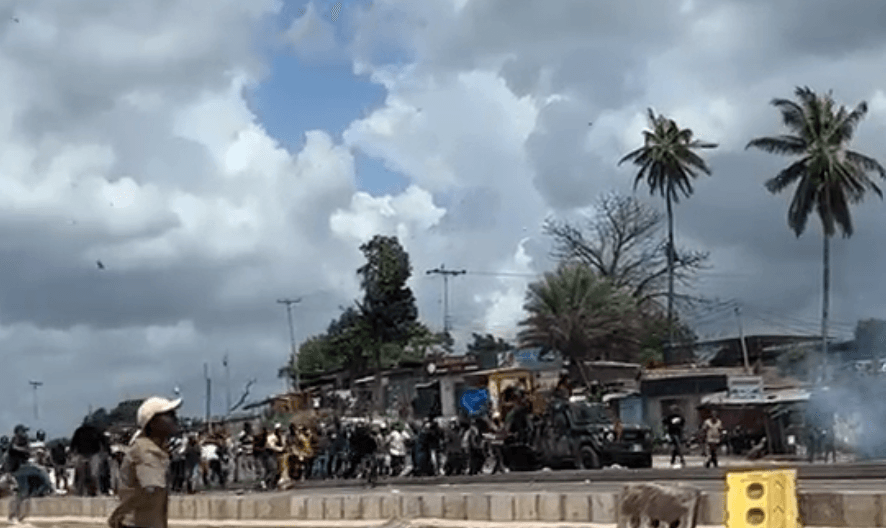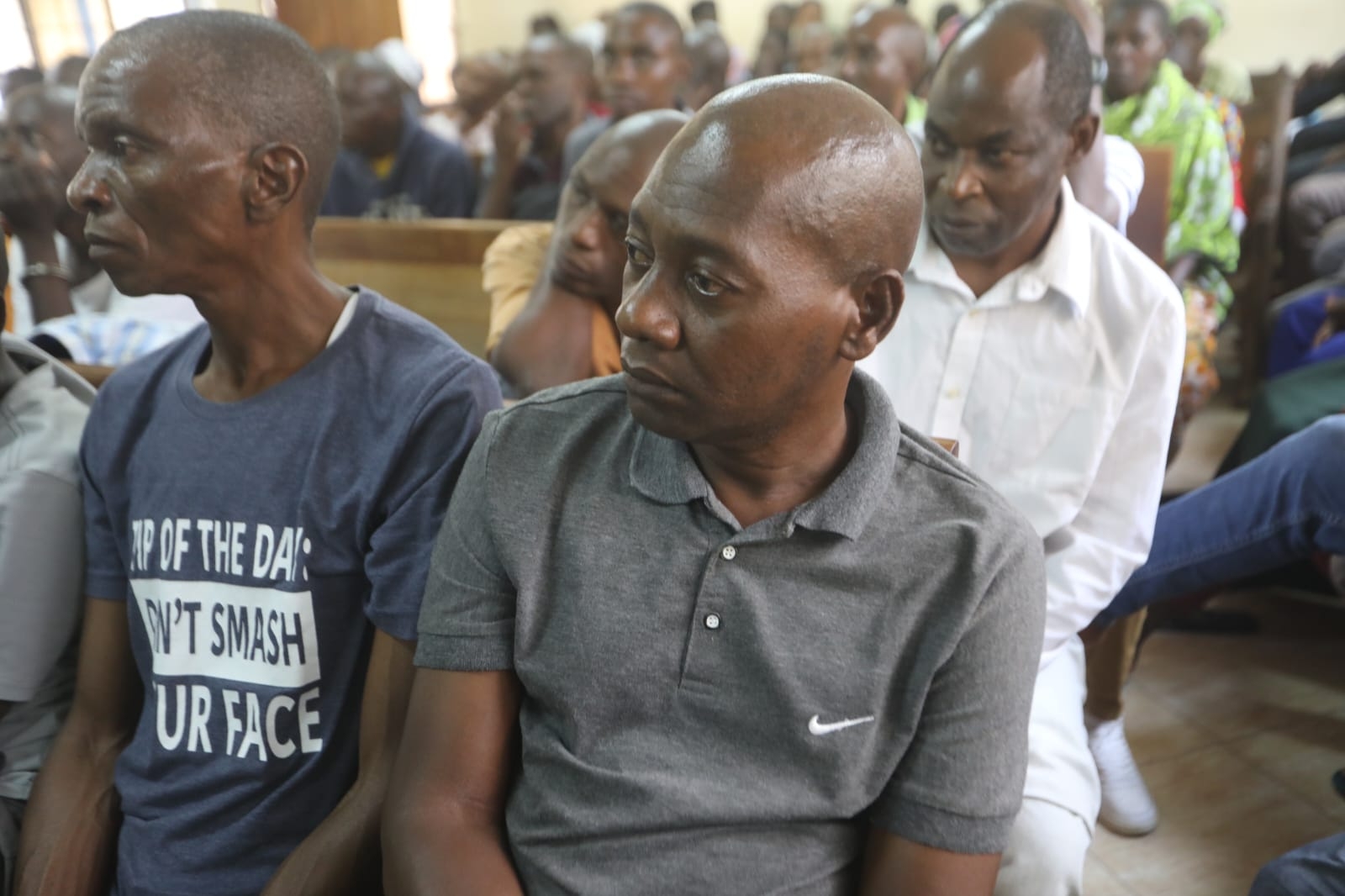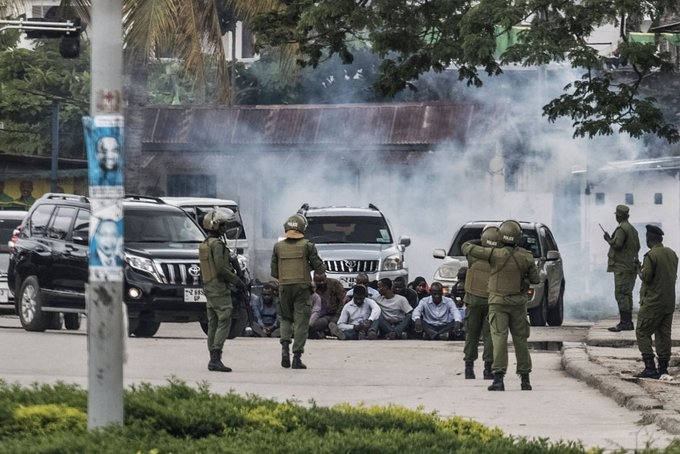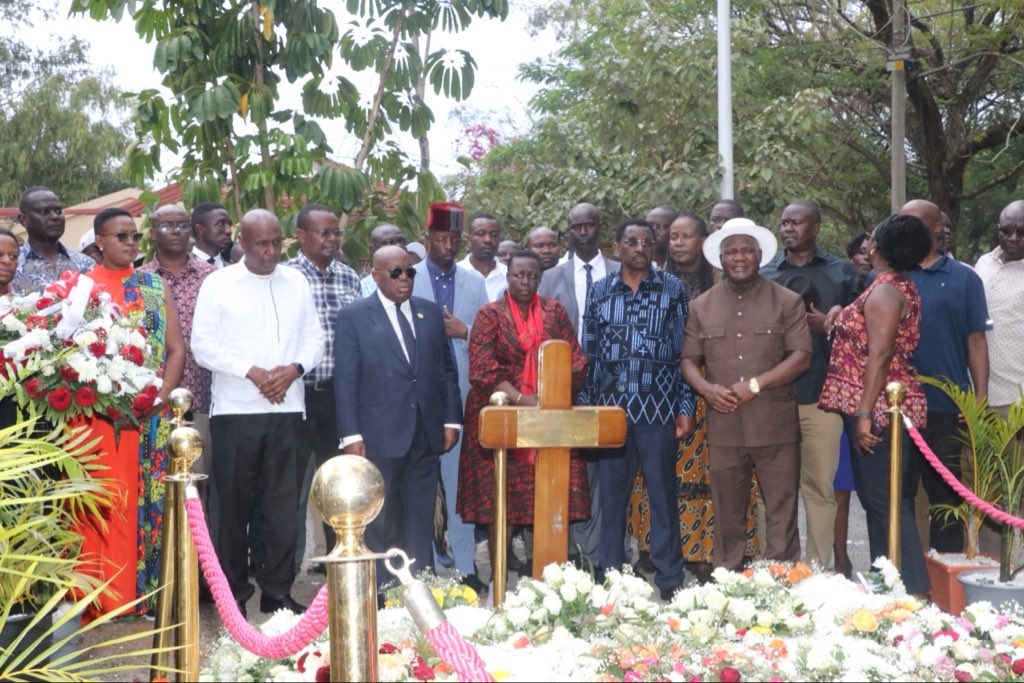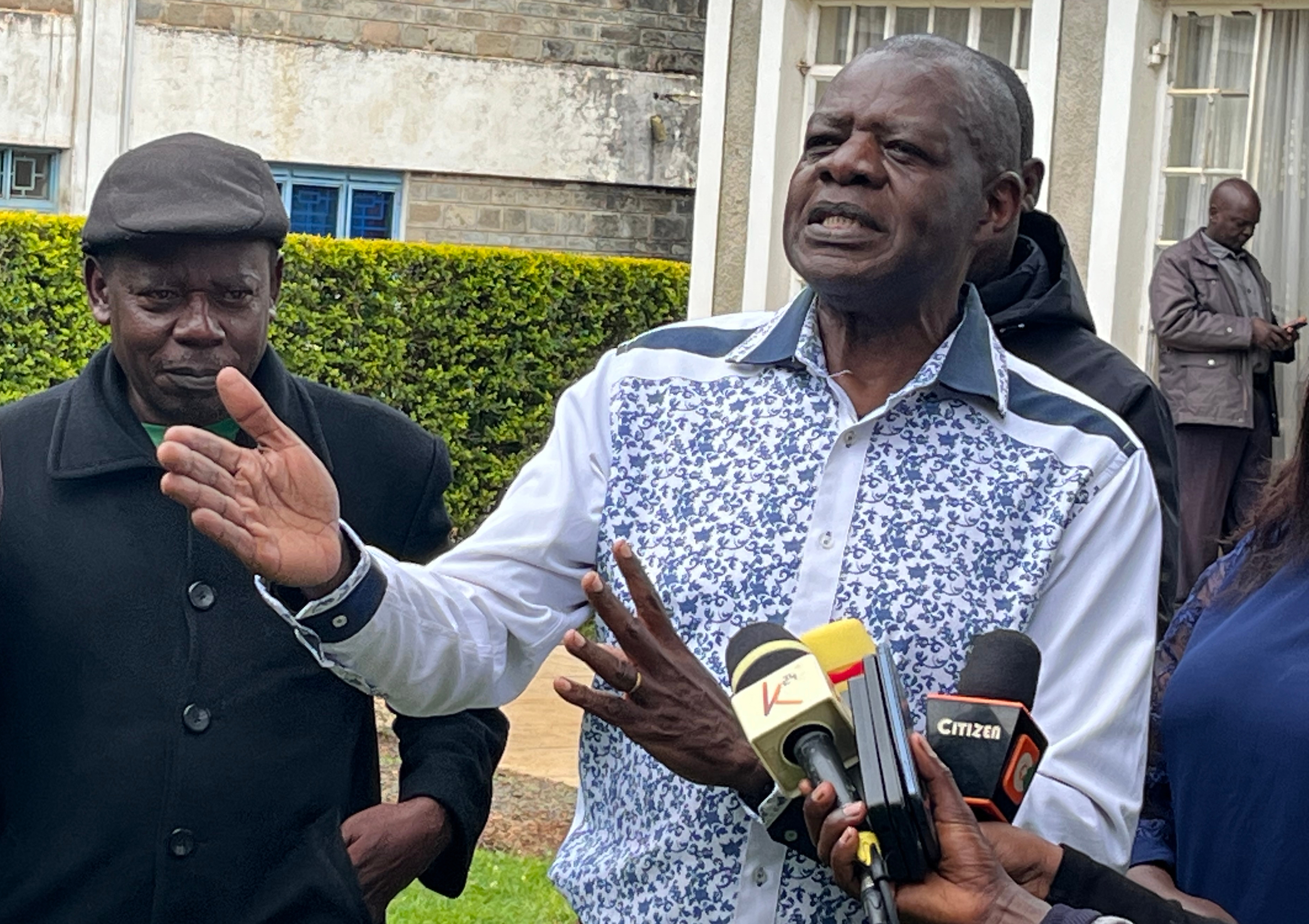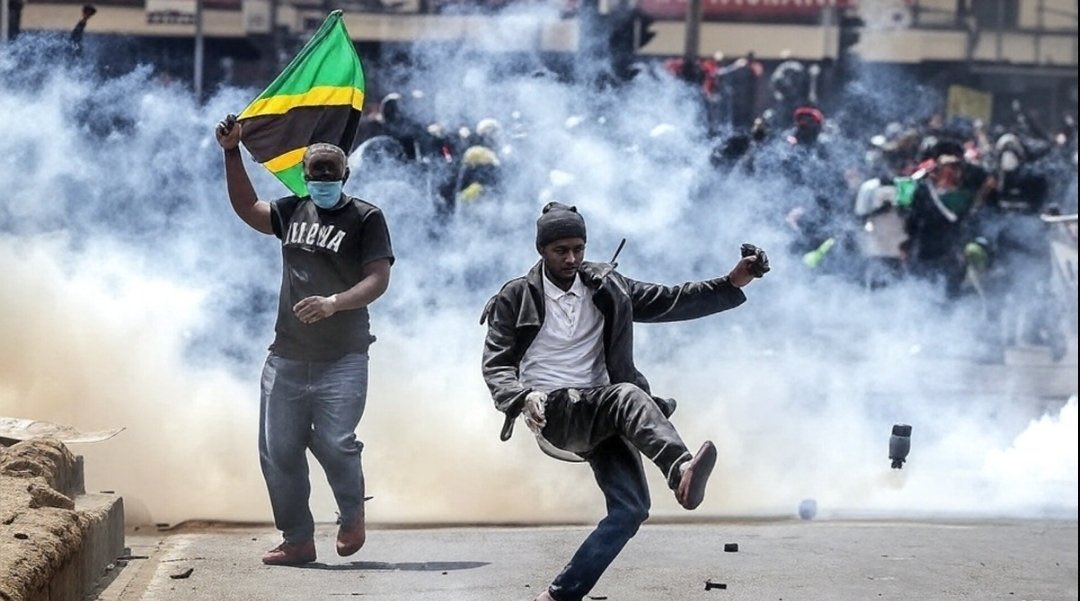It is now well known in the public sphere that when ODM boss Raila Odinga entered into a handshake arrangement with Uhuru Kenyatta in early 2018, the President extended an offer of some government positions, commensurate with the supposed assistance from the former premier in stabilising a divided nation. It is also now known Raila declined to accept the offer, fearing the resulting public perception that he was benefitting from a period of great political turmoil caused by the bitterness of the 2017 electoral cycle.
I am one of those who felt that it was naive for the ODM chief to turn down the President’s offer in 2018. First, I considered Uhuru a decent man whose olive branch was extended in good faith. But more importantly, I was opposed to the way the Kenyan political class had always set a different moral standard for Raila, in which he was judged by saintly thresholds that the rest of the nation simply didn’t keep. If you ask me, taking up some government slots in 2018 would probably have seen the former PM have some sort of crucial presence within state networks to help with the 2022 general election.
These past two weeks, ahead of President Ruto’s naming of a broad-based government, the conversation was back again. Initially, Raila, alongside his ODM party, looked set to join Ruto’s government in broad daylight. But pressure from Azimio coalition partners, as well as the continued agitation by young protesters on the streets, appeared change the Azimio boss’s mind. Two terse statements were issued on Tuesday this week, one by ODM secretary general Edwin Sifuna and a follow-up one by the party boss himself, stated that any ODM member taking up Ruto’s Cabinet positions would be doing so without the party’s blessings.
Ultimately, when the list was finally released, it became clear that the earlier statements from the ODM leadership had been part of managing the public narrative to minimise the backlash. Clearly, there was no world in which the movement’s two deputy party leaders, the chairman and the National Assembly Minority leader, would have accepted the President’s appointments without the blessings of the party. Indeed, if you exclude Raila himself and SG Sifuna, these four gentlemen were the top brass of ODM.
It brings back the question of the strange moral bar attached to Raila that those who fault him, including his own coalition partners, have never adhered to. The hypocrisy, especially of Wiper leader Kalonzo Musyoka and Narc Kenya boss and Raila’s 2022 running mate, Martha Karua, stood out like a sore thumb. Both have previously made self-serving political moves, without the wide consultations they ought to have Raila make before engaging in any rapprochement with Ruto. Indeed, quite infamously for Kalonzo, he readily joined the fraudulent Kibaki half-government as the nation burned from the post-election violence in 2008.
I still hold, as I have done on these pages, that joining any arrangement with Ruto is a terrible idea, as he is not known to be a particularly truthful person. But ODM, as a party had earlier posed the question to the hardliners whose only mission was to see the fall of the Ruto regime: what next? There was never a credible reply over what constitutional and legal frameworks existed under which a peaceful transition could be undertaken if, as envisaged by hardliners, the Gen Z protests actually got the government to collapse.
At any rate, the young citizens who have been agitating for regime change on the streets of Nairobi have categorically fashioned themselves as leaderless and faceless, in contrast to the former PM, who has a party in the form of ODM, with members whose faces are known and bears a responsibility to the party fraternity.
In fact, the Gen Z clarion call had always been “We are not Raila,” when addressing the government. Besides, at a certain point, they even turned against Sifuna, who is only slightly out of their age bracket, accusing him of having voted for the Conflict of Interest Bill in the Senate. It is inconceivable for them to therefore dismiss the ODM leadership as “not part of us”, then proceed to bemoan the latter’s actions.
As far as Kalonzo is concerned, it is easy to understand his frustrations with ODM being seen to be part of government. At the peak of DP Rigathi Gachagua’s rants against elements close to the President, the Wiper boss was seen hobnobbing quite a bit with the DP. It was presumably in his interests that the Ruto-Gachagua fallout escalate and become an equation in the 2027 election. Understandably, an angry, betrayed Mt Kenya voting bloc would form a perfect hunting ground for Kalonzo’s presidential ambitions, but only if he came already bearing the support of Raila’s formidable base.
Unfortunately, two things immediately complicate this. First, as long as ODM is working with Ruto at some level, the President will work on his own game plan with Luo Nyanza ahead of the 2027 polls. But even more scary for Kalonzo should be that with the exit of the four ODM leaders from the party platform and into government, the most senior party official after Raila now becomes Sifuna, whose wide national appeal and politically suave manner may have just created a potentially strong presidential candidate in ODM after Raila. Especially if, as expected, the Azimio chief departs the local scene for Addis Ababa next February.
Overall, however, the departure of such a large number of long-serving officials from the ODM party has given it a priceless opportunity to recalibrate its politics and seek a fresh start. We don’t say it enough, but the recent protests in the country have changed the country for good. And for better. If these young people get onto the voters’ roll, and end up determining the type and calibre of leadership in the next polls, there is a likelihood of the usual parameters for choosing leadership changing completely, to fit the new generation matrices.
With this, the party now has a chance to front its youthful leaders, to fill up the four powerful slots left by the departing quartet. There is no compelling reason to stop vibrant, young ODM firebrands like Sifuna, Embakasi East MP Babu Owino, Homa Bay Senator Moses Kajwang’ and Mombasa Governor Abdulswamad Nassir, from rising to the occasion and filling these two positions.
But first, the bigger task ahead, as long as this regime is seen as a joint venture between ODM and UDA, is to make government work and to inject the party’s manifesto ideals into an otherwise uninspiring Ruto regime. There is a saying among my people that one cannot visit the pit latrine and not expect that some flies will follow him. The national mood is firmly against this experiment.
So, the four soon-to-be-former ODM bigwigs have thrown themselves a challenge that could make or break them, especially the two who have to leave parliamentary positions for it: Minority leader Opiyo Wandayi and Nominated MP John Mbadi. Unlike Joho and Oparanya who practically have nothing to lose, Mbadi and Wandayi will be under pressure to justify their decisions by succeeding in their critical roles and delivering, if approved by their colleagues in Parliament. And you really can’t envy them!
Political commentator


